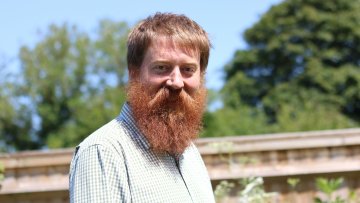DPM: A deep learning algorithm for estimating PDE models from data
Abstract
Machine learning for scientific applications faces the challenge of limited data. To reduce overfitting, we propose a framework to leverage as much as possible a priori-known physics for a problem. Our approach embeds a deep neural network in a partial differential equation (PDE) system, where the pre-specified terms in the PDE capture the known physics and the neural network will learn to describe the unknown physics. The neural network is estimated from experimental and/or high-fidelity numerical datasets. We call this approach a “deep learning PDE model” (DPM). Once trained, the DPM can be used to make out-of-sample predictions for new physical coefficients, geometries, and boundary conditions. We implement our approach on a classic problem of the Navier-Stokes equation for turbulent flows. The numerical solution of the Navier-Stokes equation (with turbulence) is computationally expensive and requires a supercomputer. We show that our approach can estimate a (computationally fast) DPM for the filtered velocity of the Navier-Stokes equations.


